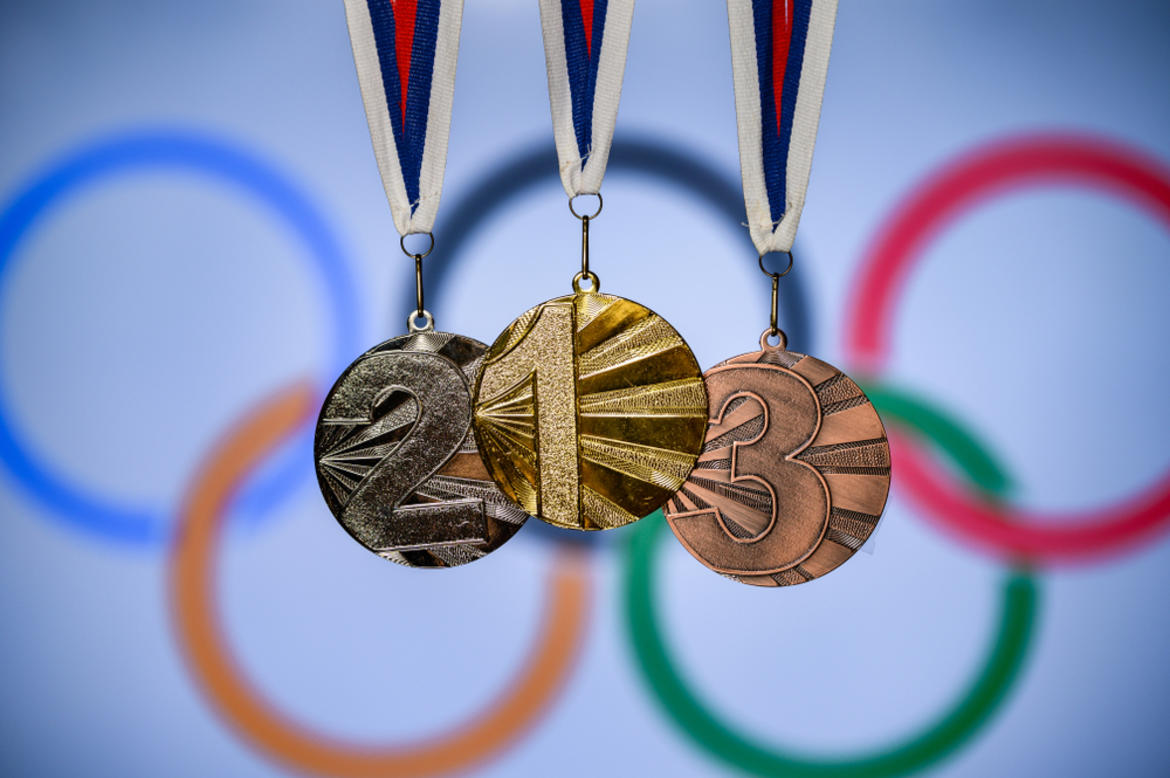
© Shutterstock
What if the Olympic medal table was based on the number of medals won by regions, not by countries? Athletes born in Ile-de-France have been particularly successful so far – but also Western Macedonia, Zagreb and Adriatic Croatia have been doing well
What if the Olympic medal table was based on the number of medals won by regions, not by countries? In keeping with our European perspective and transnational approach, we looked at the numbers focusing on European regions, and on NUTS2 regions in particular (such a classification does not cover countries such as Bosnia and Herzegovina or Kosovo). Regions in this case refer to the place of birth of the medalists, which we derived from Wikipedia; here you can find all the details about the procedure we adopted.
So far, there is one region that clearly dominates the medal table: Ile-de-France, i.e. the region of Paris, that benefits in particular from the success of its judokas. Greater Manchester comes second if we rank regions based on the number of gold medals, while if we only focus on EU regions the second place goes to South-East Czechia.
If we look at the total number of medals won so far, it is not surprising that the two most popolous regions in Europe – Ile-de-France and Lombardy – come out on top. In relation to their population, other large regions such as Andalucia and Madrid have been performing quite poorly so far. In total, people born in 156 different NUTS2 regions in Europe have won at least a medal at the Tokyo Olympic Games by August 3.
There's a great variety in the number of inhabitants of NUTS2 regions however. So it is probably fairer in we take the population into account, and look at the number of medals won per 1 million inhabitants. In this case, the regions coming out on top are Guadeloupe (France), West Central Scotland (UK), Budapest (Hungary), Western Macedonia (Greece), and Zagreb (Croatia).
Other regions topping the ranking in terms of medals per 1 million inhabitants include Central Switzerland, Adriatic Croatia, French Guyana, Overijssel (Netherlands), and Molise (Italy). San Marino also did extremely well compared to its size, with a staggering rate of 59 medals per 1 million inhabitants. Among regions in south-east Europe, the results of athletes born in Epirus (Greece), Suceava (Romania) and Belgrade are also worth mentioning.
Questo articolo è pubblicato in associazione con lo European Data Journalism Network ed è rilasciato con una licenza CC BY-SA 4.0
Hai pensato a un abbonamento a OBC Transeuropa? Sosterrai il nostro lavoro e riceverai articoli in anteprima e più contenuti. Abbonati a OBCT!
blog comments powered by










